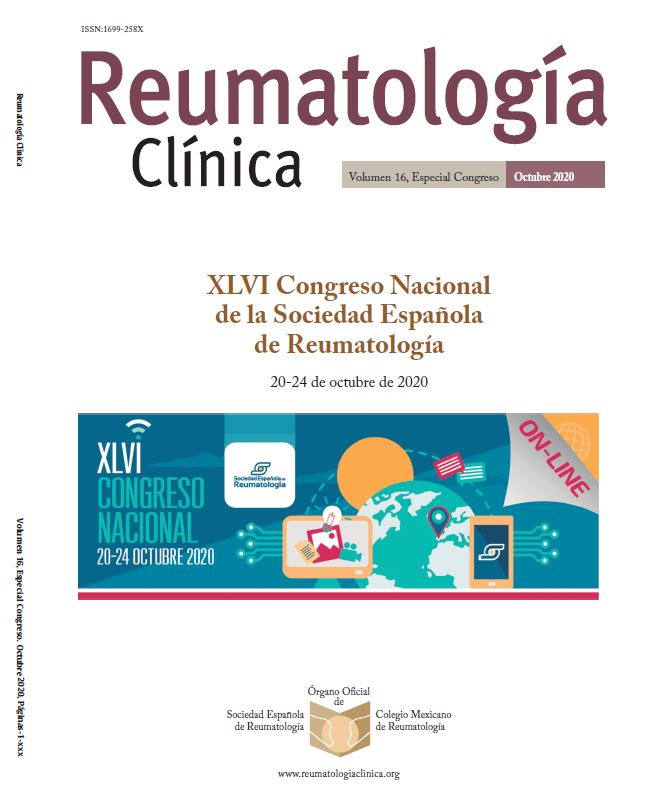CO27 - EARLY MONITORING OF INFLIXIMAB SERUM TROUGH LEVELS PREDICTS LONG-TERM THERAPY FAILURE IN PATIENTS WITH AXIAL SPONDYLOARTHRITIS
1Immunology Unit. La Paz University Hospital. Madrid. 2Rheumatology Department. La Paz University Hospital. Madrid. 3Immuno-Rheumatology research group. Institute for Health Research (IdiPAZ). Madrid.
Introduction: In axial spondyloarthritis (axSpA), tumor necrosis inhibitors (TNFi) have shown to be effective for improving signs and symptoms in case of persistent high disease activity. In this sense, infliximab (Ifx), a chimeric TNFi, is widely used in clinical practice. However, data from clinical registries have shown that after 2 years of treatment up to 30-45% of patients already interrupt this therapy, being clinical inefficacy the main reason to discontinue. Out of those patients interrupting because of inefficacy, 19-23% experience lack of efficacy from the beginning of the treatment but the rest of patients initially response to Ifx and somehow loose this response later overtime. The monitoring of serum drug concentrations in the early stages of treatment could be a feasible tool for predicting non-response to biologicals and, in this sense, finding a serum concentration of drugs associated with clinical results has been the aim in several studies performed in other inflammatory diseases However, few data about the value of Ifx levels for this purpose in axSpA are available.
Objectives: To identify if serum infliximab trough levels (ITL) at early stages of treatment can predict long-term clinical failure in patients with axSpA.
Methods: Longitudinal observational study including 81 patients with axSpA recruited from the axSpA cohort and monitored during infliximab therapy. Serum ITL were measured at baseline, week 2 (W2), W6 and W12 of treatment. Disease activity was assessed by the Ankylosing Spondylitis Disease Activity Score (ASDAS) at baseline, W24 and W54, and every 6 months later until therapy failure. Non-clinically important improvement was defined by ΔASDAS < 1.1. The association between serum ITL levels at WK12 and clinical outcomes (non-improvement at W52, drug survival and drop-out due to secondary inefficacy) was investigated through logistic regression and Kaplan Meier curves. Receiver operating characteristic (ROC) curves for the outcome of clinical response at W52 were employed to determine the best cut-off for serum ITL.
Results: Out of the 81 patients, 45 (56%) did not achieve clinical improvement at W52. These patients had lower serum ITL at W12 compared with patients achieving improvement: ΔASDAS [median (IQR)]: 4.1 (0.9-8.3) μg/ml vs 7.1 (4.3-11.3) μg/ml, respectively; p = 0.007). A cut-off of ITL < 6.7 μg/mL at W12 was significantly associated with: i) not achieving clinical improvement at W52 (OR: 2.3; 95%CI: 1.3-3.9), ii) shorter drug survival 5.0 years (95%CI: 3.8-6.2) vs 7.6 years (95%CI: 4.8-6.9); p = 0.04, and iii) higher drop-out due to secondary inefficacy (OR: 3.5; 95%CI: 1.2-10.2).
Conclusions: ITL < 6.7 μg/mL at W12 are associated with long-term clinical failure in patients with axSpA, especially due to secondary inefficacy.







